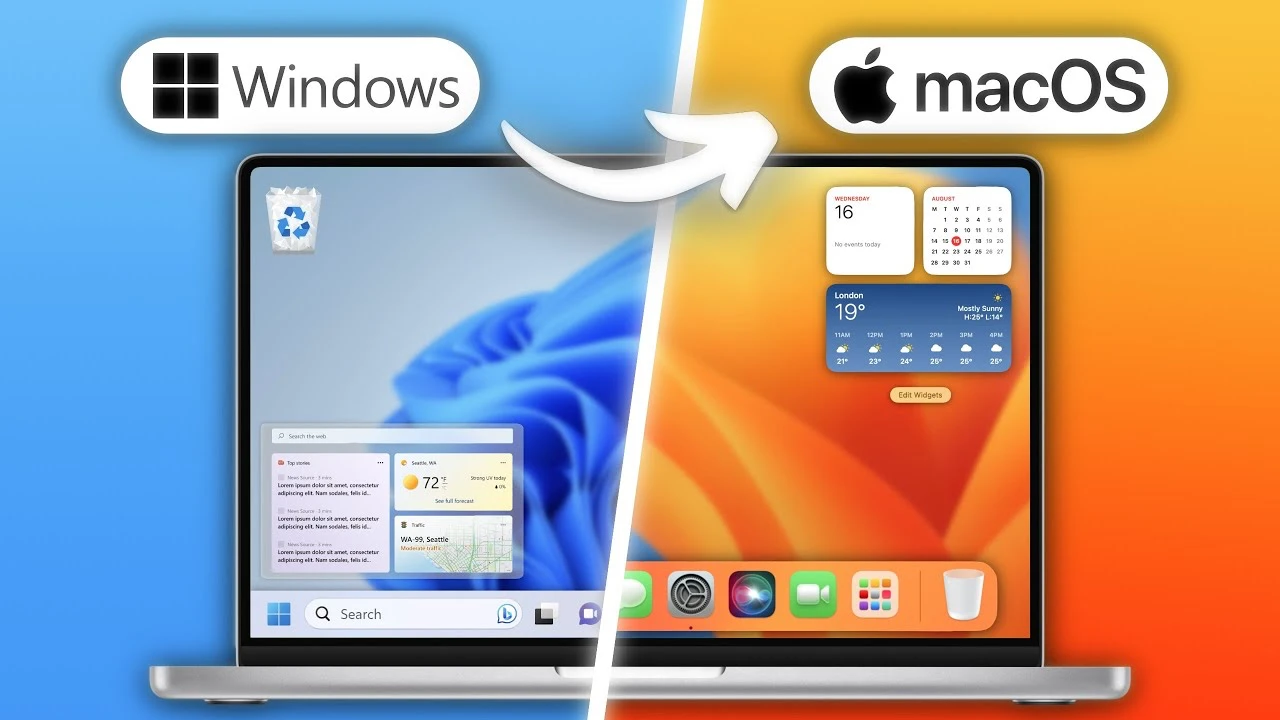[ad_1]

With many places around the world heavily reliant on fossil-fuel production for jobs, there is a need for more global studies to assess the impact of decarbonization on affected communities.Credit: Madeleine Jettre/Alamy
Thirty million new jobs. According to the International Energy Agency, that’s what the clean-energy sector will need by 2030 if the world follows a path towards net-zero greenhouse-gas emissions by 2050, limiting global warming to 1.5 °C above pre-industrial levels. It compares with the 13 million jobs at risk in the fossil-fuel sector under the same scenario. On the basis of the bare numbers, it’s a trade-off worth making. But every job lost affects someone, and new jobs won’t necessarily be located where the old ones are lost.
As the world transitions away from fossil fuels, communities, states and countries that rely on fossil energy could see their economies falter and their tax bases shrink. Public discontent and backlash from climate policies is increasing in the Americas, Europe and elsewhere. Political leaders are rightly moving to protect the world from the effects of global warming, but more must be done to ensure that those who depend on fossil fuels for their livelihoods are not casualties of the clean-energy transition.
How the biggest US energy bill ever could revive Biden’s climate agenda
The United States is showing signs of understanding the problem on, or close to, the required scale. The administration of President Joe Biden, working with Congress, has secured around US$1 trillion in climate spending for the decade to 2032. Billions of these dollars will flow to communities that are dependent on coal, oil and gas for jobs and tax revenues. The spending will cover areas such as environmental remediation and worker reskilling, as well as incentives for businesses to invest in hydrogen energy and carbon capture.
But as such programmes are rolled out, there’s an increasing need to assess whether they are achieving the desired objective of bringing about an equitable transition to clean energy. The US-based Resilient Energy Economies (REE) initiative is one project trying to do just that. With a modest sum of almost $2 million in seed money from the Bezos Earth Fund, it is seeking to better understand the economic risks and opportunities for fossil-fuel-dependent communities. Projects already funded include evaluations of recent federal programmes intended to help at-risk communities; efforts to understand the risks and opportunities of decarbonization for members of Indigenous American communities who have worked in the oil and gas industries; and schemes to assess the impact of closure or threatened closure of fossil-fuel power plants on various communities. The REE is also looking to fund new proposals. It is US-focused, but this type of research is in fact needed globally.
How five crucial elections in 2024 could shape climate action for decades
There is a precedent for understanding such large-scale economic transitions: researchers have previously studied the loss of industrial jobs in high-income countries as a result of the manufacturing boom in low- and middle-income countries. Work led by David Autor, an economist at the Massachusetts Institute of Technology in Cambridge, has shown how US factory closures associated with a rise in imports from China, particularly after China’s entry into the World Trade Organization in 2001, led to economic stagnation in communities across the United States. Between 1999 and 2011, the United States is estimated to have lost up to 2.4 million jobs to this ‘China shock’ (see go.nature.com/3uhk5cs). By mapping out where these jobs were lost, and comparing this information with district-by-district voting trends, the authors suggest that this shock is associated with the increased political polarization the country is seeing1.
At the same time, there’s evidence that appropriate, targeted support for those affected by the clean-energy transition could build popular support for climate action. A polling study2 published earlier this year by political scientist Alexander Gazmararian at Princeton University in New Jersey, for instance, found that most people in coal-dependent communities in the Appalachian region of the United States would be more likely to support climate policies if these were coupled with economic assistance to make the transition less painful. This also holds in Spain, according to a study by Diane Bolet at the University of Essex in Colchester, UK, and her colleagues3.
Environmental economists, pro-climate politicians and campaigners have understandably focused their research and policymaking on the positive aspects of the clean-energy transition, making the case that a green transition creates benefits such as new jobs, cleaner air and more secure food supplies. But there must also be a focus on those who will bear the economic burden of decarbonization.
At last year’s COP28 climate conference in Dubai, world leaders pledged to transition energy systems away from fossil fuels. They also committed to doing so in a “just, orderly and equitable manner”. This is not just the right thing to do; it might also be our only hope of building the viable political coalition that is needed to get the work done, for the good of people and communities everywhere.
[ad_2]
Source Article Link





